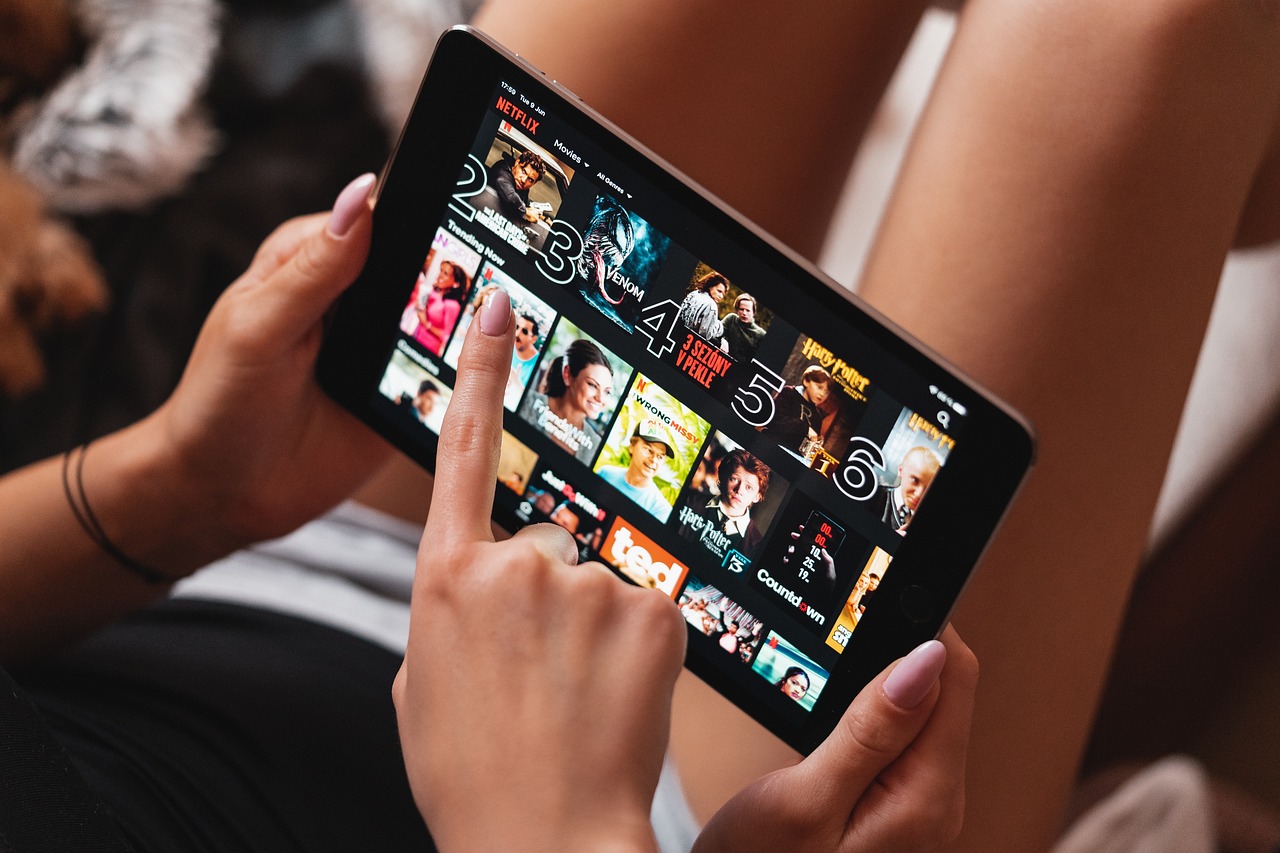A total of 70 per cent of Czech households already use the internet as one of their sources for watching video content and television.
Antenna reception is used by 45 per cent of households to receive a signal to watch TV and video content. Meanwhile, 58 per cent of households have an antenna for terrestrial DVB-T2 broadcasting, but it appears that it is no longer used in many cases.
Cable or satellite video reception is included in 40 per cent of households, according to fresh research from NMS Market Research.
Young people's habits show a trend for the next few years
The Internet as the main source of viewing is prevalent among the younger generation. In the 25 to 34 age group, 57 percent of young people cite it as their main source of video content.
This is more than double the 65+ age group, where 25 percent of viewers prefer the Internet as a source of video content.
"As today's younger generation gradually ages and watching video content over the Internet becomes the primary way of viewing, this will mean dramatically higher demands for data transmission over mobile and fixed data networks," explains Jiří Grund, president of the Mobile Network Operators Association.
The importance of the internet has also grown year-on-year. On the main TV screen in the home, the share of programmes watched over the internet has risen from 35 per cent in 2023 to 41 per cent today.
This increase is mainly driven by the growing popularity of IPTV services, while interest in HbbTV (red button) has declined slightly.
Three quarters of households pay for content
The research also shows that three-quarters of households (76 per cent) pay for content. "People pay both for the actual reception of various streaming TV services and channels via the Internet, cable or satellite, and for the ability to watch certain shows without commercials," says Kamil Kunc, "client service director" at NMS Market Research.
The Internet as a source of video content varies according to the type of show. For example, a fifth of the programmes watched on the main TV screen in the home are news programmes, and in this, the DVB-T2 antenna slightly outweighs the internet as a source. Conversely, for foreign series, the internet wins as a source of video content on the main TV screen.
The TV runs for almost five and a half hours a day
When the main TV screen is on in the home, it runs for an average of five hours and twenty minutes a day. Peak viewing occurs after the evening news. At peak times, TV is on in 70 per cent of households that have this device.
Source: mam.cz

